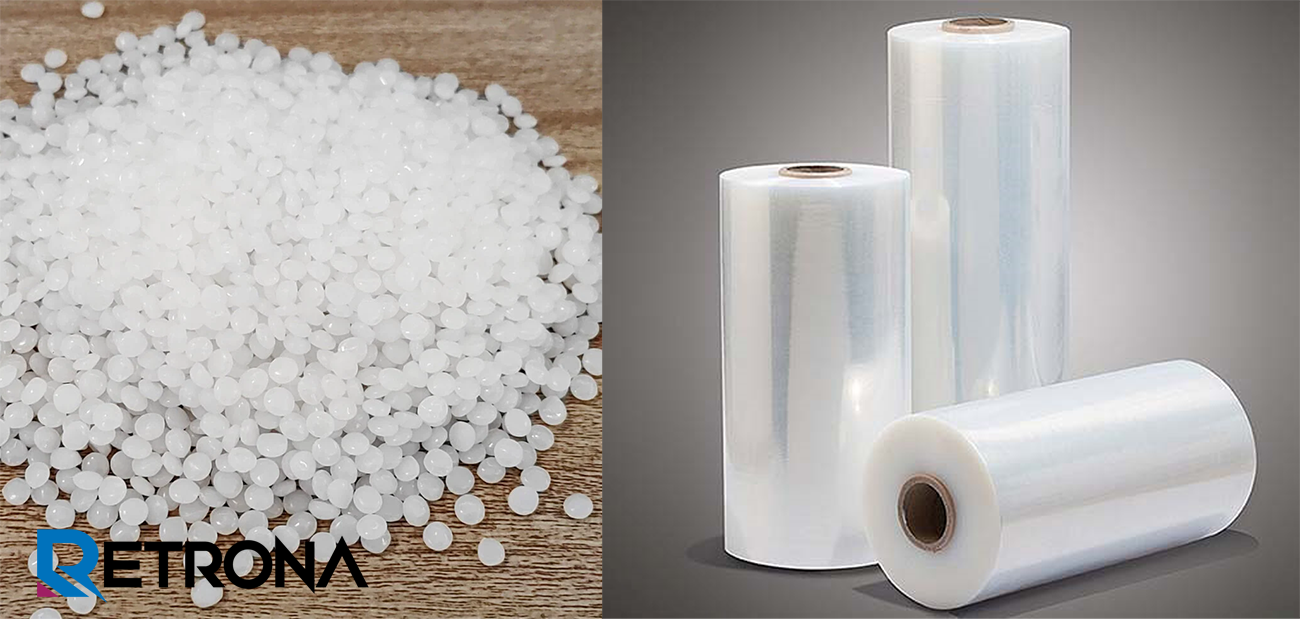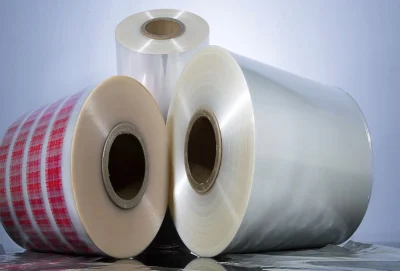HDPE 7000F: A Guide to Properties, Applications, and Processing

HDPE 7000F stands as a benchmark material in the world of injection molding. Celebrated for its exceptional flow characteristics and robust mechanical properties, this high-density polyethylene grade is the foundation of countless consumer and industrial products. For engineers, product designers, and manufacturers, a deep understanding of HDPE 7000F properties—from its melt flow index to its shrinkage rate—is essential for optimizing design, performance, and production efficiency.
Understanding HDPE 7000F and Its Key Properties
HDPE 7000F is specifically engineered as a high-melt-flow index (MFI) material, a characteristic that defines its primary application. Its typical MFI of 7.5 - 10 g/10 min signifies low viscosity in the molten state, enabling it to fill complex, thin-walled molds with ease during high-speed injection molding cycles.
This processability is complemented by a robust physical profile. With a density of 0.953 - 0.956 g/cm³, HDPE 7000F offers notable rigidity. Its mechanical strength is demonstrated by a tensile strength at yield of approximately 4,000 psi (28 MPa) and an impact resistance (Notched Izod) of 1.5 - 3.0 ft-lb/in, ensuring durability in demanding applications. The material begins to soften at a Vicat temperature of around 125°C (257°F), with a full melting point between 130°C and 137°C, and it possesses a Shore D hardness of 62-65, providing excellent resistance to surface abrasion.
Primary Applications and Uses
The favorable property balance of HDPE 7000F makes it indispensable for a wide range of injection molding applications. It is the material of choice for high-volume production of durable, thin-walled containers. Common uses include household items such as food storage containers, pails, and laundry baskets, as well as consumer packaging like dairy tubs, lids, and caps. Its toughness also lends itself to industrial containers, toys, and various automotive components.

Optimizing Injection Molding Parameters for HDPE 7000F
Successful processing of HDPE 7000F hinges on adhering to precise injection molding parameters. Controlling the thermal profile is critical: a melt temperature between 350°F and 450°F (175°C - 230°C) is recommended, paired with a cooler mold temperature of 50°F to 100°F (10°C - 40°C) to achieve fast cycle times. A medium to high injection speed is typically employed to ensure complete cavity fill before the material sets.
Accounting for Mold Shrinkage
A crucial consideration for mold designers is the material's shrinkage rate. HDPE 7000F typically exhibits a mold shrinkage between 1.5% and 4.0% (0.015 - 0.040 in/in). This variance is influenced by part design, wall thickness, and specific processing conditions such as packing pressure and mold temperature. Accurately accounting for this shrinkage is vital for manufacturing parts that meet precise dimensional specifications.
Conclusion
HDPE 7000F remains a dominant force in injection molding due to its unparalleled combination of processability and performance. Its high flow rate facilitates the production of complex, thin-walled parts, while its strength and durability ensure product longevity. By mastering its properties and adhering to recommended processing guidelines—particularly drying and temperature control—manufacturers can reliably produce high-quality components that leverage the full potential of this versatile polymer.

